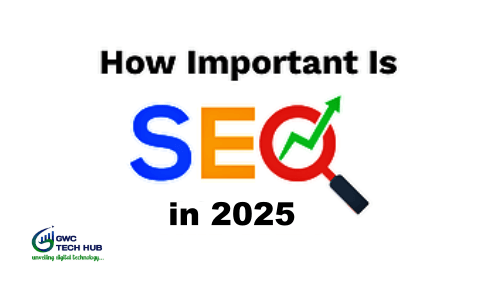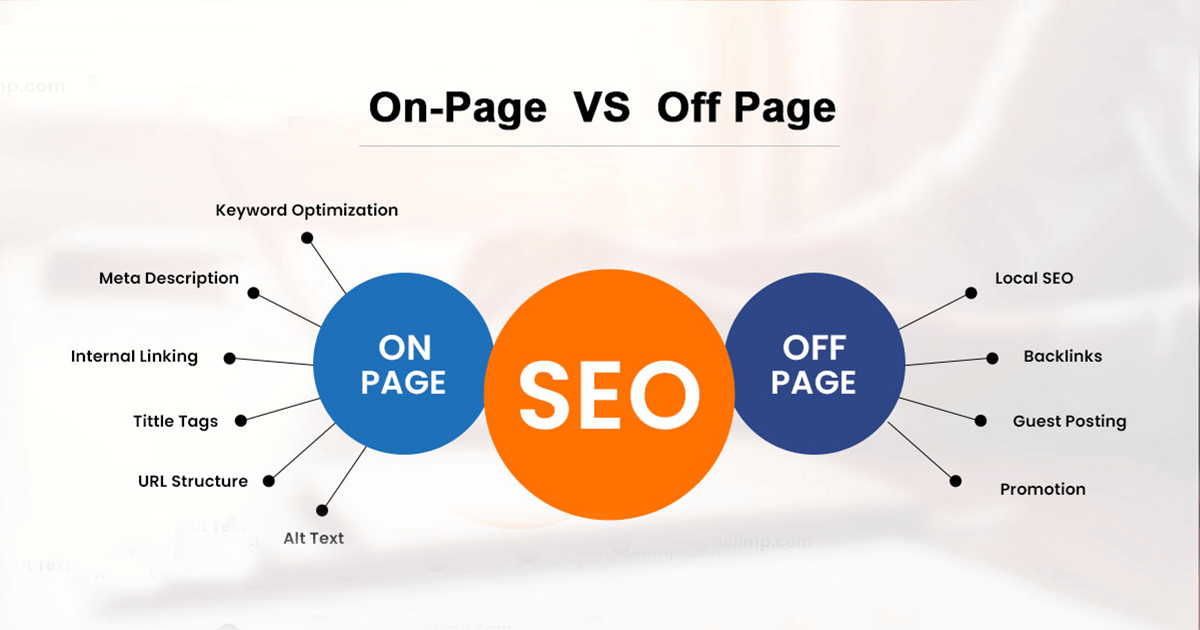Search Engine Optimization (SEO) and Search Engine Marketing (SEM) are two indispensable components of digital marketing that play a critical role in enhancing brand visibility and driving growth, especially as we approach the year 2025. While both terms are often used interchangeably, they represent distinct strategies within the realm of online marketing.
SEO focuses on optimizing a website’s content and structure to improve its organic ranking in search engine results pages (SERPs). Key elements of SEO include keyword research, on-page optimization (which encompasses meta tags, headers, and content quality), link building, and technical SEO (such as site speed and mobile optimization). An effective SEO strategy aims to enhance the user experience while satisfying search engine algorithms, ultimately driving organic traffic to the website.
Read More: 5 Essential Benefits of Having a Business Website in 2025
On the other hand, SEM encompasses paid advertising strategies to increase a brand’s visibility on search engines. This includes pay-per-click (PPC) advertising campaigns, where businesses bid on keywords to display their ads prominently in search results. SEM allows for immediate visibility and can be a powerful complement to organic SEO efforts. Through well-structured campaigns that focus on targeted keywords and audiences, brands can leverage SEM to drive traffic and conversions quickly.
Both SEO and SEM are essential for scaling a brand in 2025. While SEO is a long-term strategy that builds credibility and sustained traffic over time, SEM provides immediate results that can be harnessed for short-term campaigns. Understanding the unique attributes and functions of each can help businesses formulate a cohesive digital marketing strategy that effectively combines both disciplines, ultimately paving the way for enhanced online visibility and sustained growth.
Effective On-Site SEO Strategies for 2025
In the rapidly evolving digital landscape, effective on-site SEO strategies are crucial for businesses aiming to enhance their search engine rankings and improve website performance. As we anticipate the challenges and opportunities of 2025, organizations should focus on several key aspects, including website structure, content organization, keyword integration, and user experience. By optimizing these elements, brands can increase their visibility and ensure a seamless experience for visitors.
A well-structured website is the foundation of successful on-site SEO. Companies should invest in creating a logical hierarchy that facilitates easy navigation. This involves organizing content into relevant categories and subcategories, thereby enhancing the user experience and allowing search engines to crawl the site more efficiently. Clearly defined URLs and optimized internal linking also contribute to better indexing by search engines.
Recommended: Introducing Hubli by GWC: Your New Destination for Tech Gadgets and Electronics
The content organization plays a pivotal role in effective on-site SEO. Crafting high-quality, engaging content that resonates with target audiences is essential. Businesses should identify relevant keywords and incorporate them naturally throughout the content, including headings and meta descriptions. However, it is crucial to maintain the flow and readability of the text to avoid keyword stuffing, which can negatively impact user engagement and search rankings.
Furthermore, as consumer behavior increasingly shifts towards mobile usage, mobile optimization becomes imperative. Implementing responsive design ensures that the website displays correctly across various devices, thus providing an optimal user experience. Local SEO strategies should also be integrated, particularly for businesses targeting specific geographic areas. This includes creating location-specific content and optimizing Google My Business listings to enhance local visibility.
Utilizing analytics tools to track user behavior and engagement metrics empowers businesses to refine their on-site SEO strategies continuously. By analyzing data on traffic sources, bounce rates, and time spent on pages, brands can make informed decisions to adapt their content and design as consumer preferences evolve. Ultimately, embracing these effective on-site SEO strategies will be vital for scaling brands successfully in 2025.
Leveraging Off-Site SEO Techniques to Boost Brand Authority
In the competitive digital landscape of 2025, leveraging off-site SEO techniques is crucial for enhancing brand authority and credibility. Off-site SEO refers to strategies that occur outside your website, impacting your search engine rankings and online presence. One of the most effective methods in this realm is backlinking. By acquiring quality backlinks from reputable websites, brands can significantly improve their domain authority. This not only signals to search engines that your content is trustworthy, but it also helps drive referral traffic to your site.
Another vital component of off-site SEO is social media engagement. Active participation in social platforms allows brands to connect with a wider audience, share valuable content, and foster community. When users engage with your posts, whether by liking, sharing, or commenting, it contributes to greater brand visibility. Additionally, positive interactions can lead to increased shares and links back to your website, further solidifying your brand’s authority in your niche.
Learn More: 5 Global Tips to Run a Successful Business in 2025
Influencer partnerships can also play a significant role in boosting brand recognition and credibility. Collaborating with established influencers allows you to tap into their follower base, providing access to a larger audience while enhancing your brand’s reputation through association. It is essential to choose influencers whose values align with your brand, ensuring a harmonious partnership that resonates with their audience.
Content marketing is another effective off-site strategy. By publishing informative articles, engaging videos, or intriguing infographics on platforms outside your website, you can establish your expertise within your field. This content can also be shared across various channels, driving traffic back to your site while reinforcing your brand’s authority. Successful campaigns often incorporate multiple off-site techniques, demonstrating the synergistic effect of these strategies when executed thoughtfully. Brands that implement a comprehensive off-site SEO strategy can expect sustained growth in authority and visibility, key components in staying competitive in today’s digital market.
Integrating SEM for Maximum Brand Growth
In the evolving landscape of digital marketing, integrating Search Engine Marketing (SEM) stands out as a vital strategy for enhancing brand visibility and achieving maximum growth. SEM encompasses a range of promotional activities aimed at increasing a website’s visibility on search engines through paid advertising. By complementing Search Engine Optimization (SEO) efforts, SEM not only boosts immediate brand exposure but also drives targeted traffic effectively, aligning with overall marketing objectives.
One of the core components of SEM is Pay-Per-Click (PPC) advertising, which allows businesses to display ads in search engine results. This method enables brands to bid on relevant keywords, ensuring their ads appear prominently when users search for terms associated with their products or services. Coupled with data analytics, brands can fine-tune their PPC strategies, focusing on ad spending that yields the highest return on investment. Additionally, employing display ads broadens exposure across various platforms, allowing brands to capture audience attention even when they are not actively searching for specific products.
Become Active: Shop Top Content Creation Tools on Hubli
Remarketing techniques further enhance SEM efforts by targeting users who have previously engaged with a brand. By serving tailored ads to these individuals, brands can rekindle interest, prompting potential customers to revisit and complete purchases. This strategic approach not only increases conversion rates but also builds brand loyalty over time.
Crafting compelling ad copy is essential in SEM. Ads should be concise yet persuasive, incorporating strong calls to action that resonate with the target audience. Utilizing demographic and behavioral data to segment audiences allows for more tailored messaging and targeting, ensuring that ads reach the right individuals at the right time. By carefully aligning SEM campaigns with marketing goals and continuously analyzing performance data, brands can refine their approaches, ultimately driving sustainable growth and establishing a lasting presence in the competitive digital marketplace.



